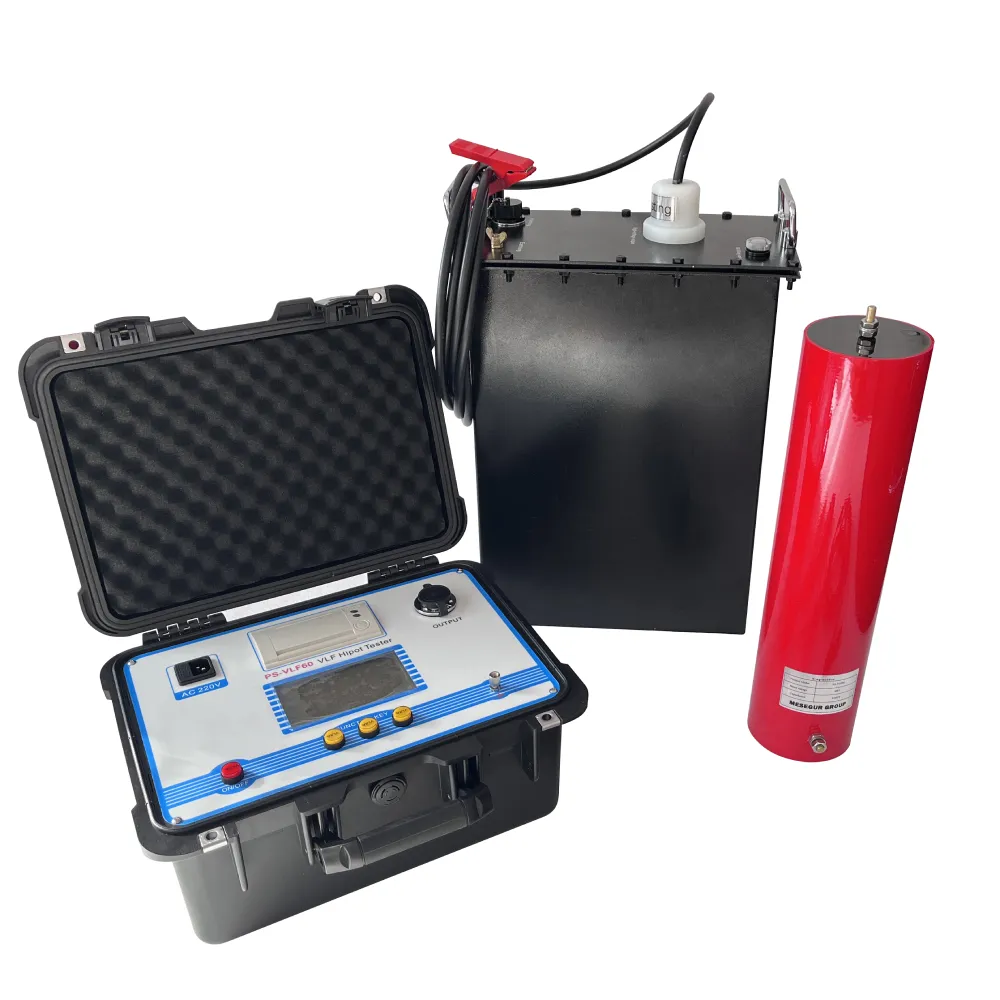 English
English


pour point tester
Understanding the Pour Point Tester A Crucial Tool for Assessing Fluid Properties
The pour point tester is an essential instrument used in the petroleum and lubricant industries for determining the lowest temperature at which oil or other fluids will pour or flow. This property is critical for various applications, notably in cold weather conditions where the performance of lubricants and fuels can drastically change. Understanding the pour point of a fluid is not only vital for ensuring operational efficiency, but it is also significant for maintaining equipment reliability and preventing operational failures due to fluid thickening.
The Importance of Pour Point
The pour point of a fluid refers to the temperature at which it ceases to flow under the influence of gravity. For lubricants, a higher pour point means that the oil can remain fluid at lower temperatures. This property is particularly important for engines and machinery operating in cold climates, as a higher pour point ensures that lubricant can circulate effectively, providing necessary lubrication and preventing wear. In the context of fuels, the pour point plays a critical role in the combustion process. Fuels that solidify or become too viscous in colder temperatures may lead to starting difficulties, fuel line blockages, and inefficient engine performance.
How the Pour Point Tester Works
The operation of a pour point tester is based on standardized methods, which ensure consistency and reliability in results. Typically, the process involves cooling a sample of the fluid in a controlled environment and then observing the temperature at which the fluid begins to solidify or becomes too thick to flow.
In most cases, the tester features a cooling bath controlled by a refrigeration unit, allowing the operator to decrease the temperature steadily. The sample is placed in a test jar, which is then immersed in this cooling bath. The tester is equipped with a mechanism to tilt the sample jar at regular intervals, enabling the user to determine the final pour point as soon as the sample shows no movement.
pour point tester

Types of Pour Point Testers
There are various models of pour point testers, which can range from simple manual devices to more advanced automated systems. Manual testers often require a more hands-on approach, allowing operators to observe and report results based on their observations. In contrast, modern, automated devices can offer enhanced accuracy and efficiency, incorporating digital displays and data logging capabilities for precise analysis.
Applications Across Industries
The applications of pour point testers are vast and varied. In the petroleum industry, pour point testing is crucial for refining processes and for ensuring that products like diesel fuel, lubricating oils, and other petrochemicals meet industry standards. Any fluids that are transported or used in colder climates require thorough testing to ensure they maintain their functional properties under low temperatures.
Additionally, industries such as food processing, pharmaceuticals, and cosmetics also utilize pour point testing. In these sectors, the viscosity and flow characteristics of oils and emulsions can significantly affect product formulation and stability, making pour point testing an invaluable component of quality control.
Conclusion
The pour point tester is more than a mere instrument; it is a pivotal tool that plays a significant role in ensuring the performance and reliability of fluids across various industries. With cold weather posing challenges to fluid dynamics, understanding and accurately measuring pour point properties helps mitigate risks, enhance product quality, and improve overall operational efficiencies. As technology advances, the evolution of pour point testers will continue to foster innovations that support the demands of a rapidly changing industrial landscape. In doing so, it assures both manufacturers and end-users that their products will perform optimally, regardless of the environmental conditions.
-
Differences between open cup flash point tester and closed cup flash point testerNewsOct.31,2024
-
The Reliable Load Tap ChangerNewsOct.23,2024
-
The Essential Guide to Hipot TestersNewsOct.23,2024
-
The Digital Insulation TesterNewsOct.23,2024
-
The Best Earth Loop Impedance Tester for SaleNewsOct.23,2024
-
Tan Delta Tester--The Essential Tool for Electrical Insulation TestingNewsOct.23,2024





